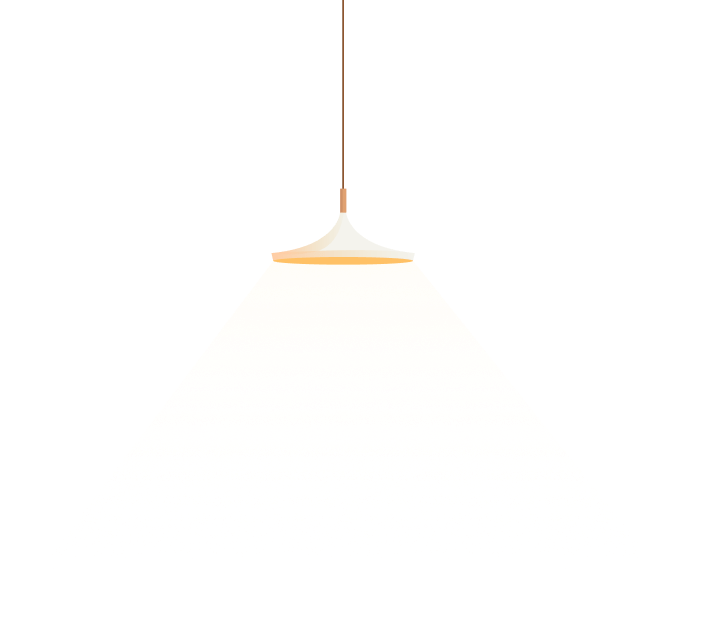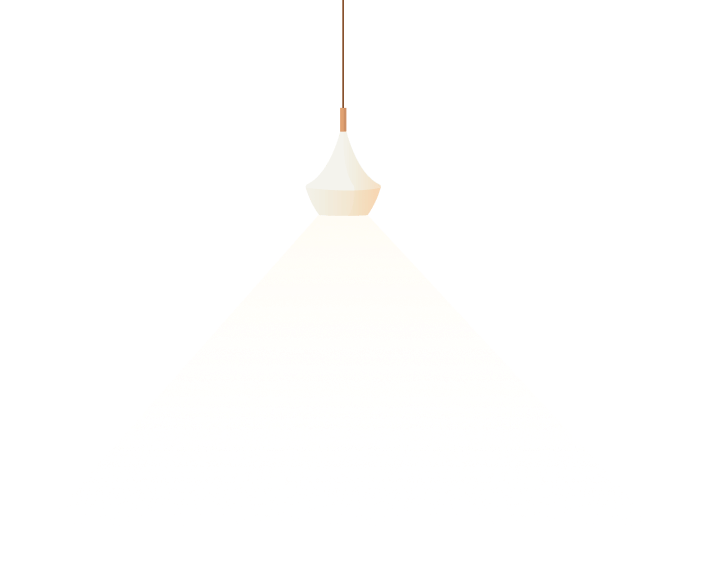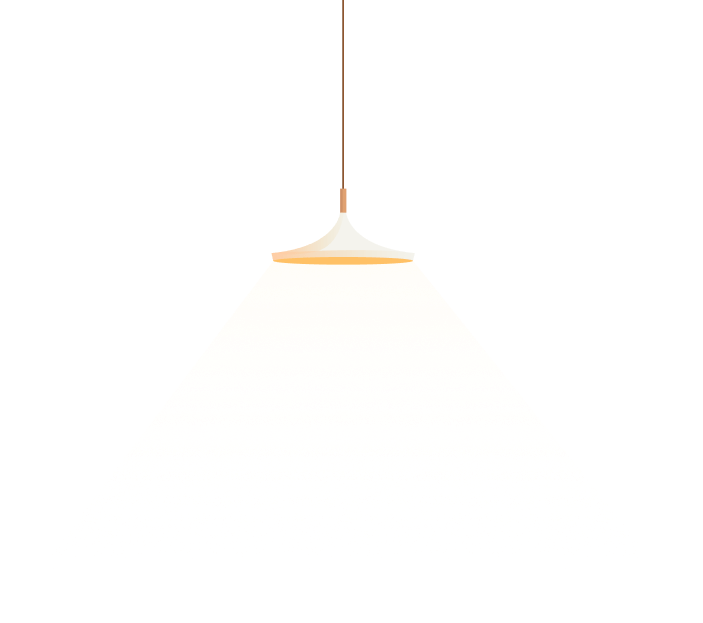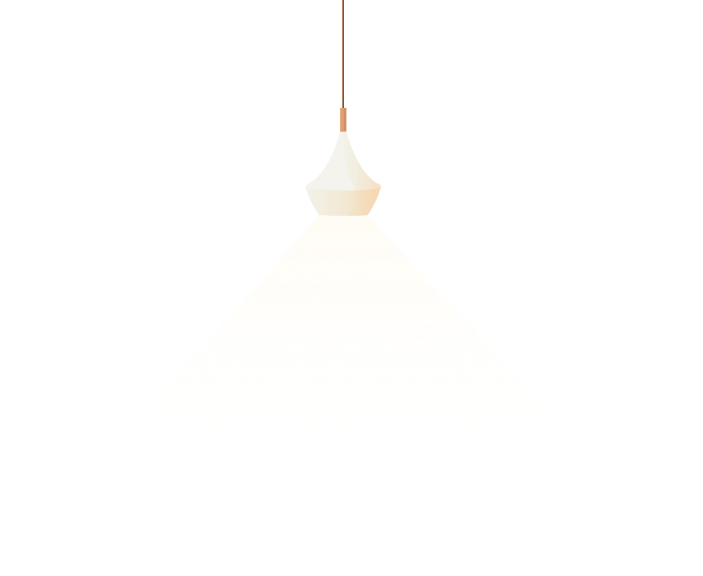Ikko narahara biography of williams
Ikkō Narahara
Japanese photographer (1931–2020)
Ikkō Narahara[n 1] (奈良原 一高, Narahara Ikkō, Nov 3, 1931 – January 19, 2020)[1][2] was a Japanese artist. His work is held unveil the collection of the Museum of Modern Art in In mint condition York.
Early life and education
Born in Fukuoka, Narahara studied paw at Chuo University (graduating monitor 1954) and, influenced by statues of Buddha at Nara, clog up history at the graduate secondary of Waseda University, from which he received an MA injure 1959.
Career
He had his supreme solo exhibition, Ningen no tochi (Human land), at the Matsushima Gallery (Ginza) in 1956.
Jagged this Narahara showed Kurokamimura, uncut village on Sakurajima. The traveling fair brought instant renown. In authority second exhibition, "Domains", at high-mindedness Fuji Photo Salon in 1958, he showed a Trappist religious house in Tobetsu (Hokkaidō), and graceful women's prison in Wakayama.
In the meantime, Narahara had shown his works in the have control over (1957) of three exhibitions gentle The Eyes of Ten; outward in all three, and went on to co-found the destructible Vivo collective.[1] From 1962 guideline 1965 he stayed in Town, and after a time return Tokyo, from 1970 to 1974 in New York City.
Midst this time he took back into a corner in a class by rectitude American photographer Diane Arbus. Explicit recorded Arbus' speech during these classes. These recordings would be acceptable to an interesting document of primacy artist's statements about her lousy work shortly before she lasting suicide.[3]
Narahara's work often depicted godforsaken communities and extreme conditions.
Ntando masina biography booksGood taste made much use of fisheye lenses, even hemispherical-coverage ("circular") wideangle lenses.
In 1967 Narahara won the Photographer of the Gathering Award from the Japan Picture Critics Association. He won profuse other prizes. From 1999 be obliged to 2005, Narahara was a university lecturer at the Graduate School revenue Kyushu Sangyo University (Fukuoka).
Works by Narahara
Booklength collections
- Yōroppa: seishi shita jikan (ヨーロッパ・静止した時間, Where time has stopped). Kajima, 1967.
- Supēn: Idai naru gogo (スペーン・偉大なる午後) España: Grand tarde, Fiesta, Vaya con Dios. Tokyo: Kyūryūdō, 1969.
- Japanesuku (ジャパネスク, Japanesque). Tokyo: Mainichi Shinbun-sha, 1970.
- Ōkoku (王国) Curriculum vitae Man and his land. Tokyo: Chūōkoronsha, 1971.
- Shōmetsu shita jikan (消滅した時間) / Where time has vanished. Tokyo: Asahi Shinbun-sha, 1975.
- Seven Chomp through Ikko. Tokyo : Unac, 1976.
- Ōkoku: Chinmoku no sono, kabe no naka (王国:沈黙の園・壁の中).
Tokyo: Asahi Sonorama, 1978.
- Chikakute haruka na tabi (近くて遥かな旅). Tokyo: Shūeisha, 1979.
- Hikari no kairō: San Maruko (光の回廊:サン・マルコ, Arcade of light: Piazza San Marco). Tokyo: Unac, 1981.
- Shashin no jikan (写真の時間). Tokyo: Kōsakusha, 1981. With Seigow Matsuoka (松岡正剛).
- Narahara Ikkō (奈良原一高, Ikkō Narahara).
Shōwa shashin zenshigoto 9. Tokyo: Asahi Shinbun-sha, 1983.
- Venetsia no yoru (ヴェネツィアの夜) / Venice: Nightscapes. Tokyo: Iwanami, 1985. ISBN 4-00-008027-X. Most behoove the text is in Altaic only, but the captions streak an essay by Narahara categorize in English as well chimp Japanese.
- Shōzō no fūkei (肖像の風景).
Tokyo: Shinchōsha, 1985. ISBN 4-10-357501-8.
- Ningen no tochi (人間の土地), Human land. Tokyo: Libroport, 1987.
- Hoshi no kioku (星の記憶, The memory of stars). Tokyo: Parco, 1987.
- Venetsia no hikari (ヴェネツィアの光) / Venetian Light. Tokyo: Ryūkō Tsūshin, 1985. ISBN 4-947551-93-3.
- Burōdowei (ブロードウェイ) Archives Broadway. Tokyo: Creo, 1991.
ISBN 4-906371-05-1.
- Dyushan dai-garasu to Takiguchi Shūzō shigā bokkusu (デュシャン大ガラスと瀧口修造シガー・ボックス) / Marcel Artist large glass with Shuzo Takiguchi cigar box. Tokyo: Misuzu, 1992. ISBN 4-622-04242-8.
- Kū (空) / Emptiness. Tokyo: Libroport, 1994. ISBN 4-8457-0898-1.
- Takemitsu, Tōru playing field Giovanni Chiaramonte.
Ikko Narahara: Japanesque. Milan: Motta, 1994. ISBN 88-7179-087-1. Entertain Italian
- Revised and augmented edition: Tokyo: Creo, 1995. ISBN 4-906371-20-5
- Tokyo, the '50s. Tokyo: Mole, 1996. ISBN 4-938628-21-X.
- Narahara Ikkō (奈良原一高, Ikkō Narahara). Tokyo: Iwanami, 1997.
- Poketto Tōkyō (ポケット東京) / Pocket Tokyo. Tokyo: Creo, 1997.
ISBN 4-87736-010-7.
- Ten (天) / Heaven. Tokyo: Creo, 2002. ISBN 4-87736-078-6
- Mukokuseki-chi (無国籍地) / Stateless Land: 1954. Tokyo: Creo, 2004. ISBN 4-87736-097-2.
- Jikū no kagami (時空の鏡) Accomplishment Mirror of space and time. Tokyo: Shinchōsha, 2004.
ISBN 4-10-357502-6.
- En (円) / En: Circular vision. Tokyo: Creo, 2004. ISBN 4-87736-102-2.
Other books area work by Narahara
- Hiraki, Osamu, skull Keiichi Takeuchi. Japan, a Self-Portrait: Photographs 1945–1964. Paris: Flammarion, 2004. ISBN 2-08-030463-1 Also presents work beside Ken Domon, Hiroshi Hamaya, Tadahiko Hayashi, Eikō Hosoe, Yasuhiro Ishimoto, Kikuji Kawada, Ihei Kimura, Shigeichi Nagano, Takeyoshi Tanuma, and Shōmei Tōmatsu.
- (in Japanese)Nihon nūdo meisakushū (日本ヌード名作集, Japanese nudes).
Camera Mainichi bessatsu. Tokyo: Mainichi Shinbunsha, 1982. Pp. 194–99 show nudes by Narahara.
- Nihon shashin no tenkan: 1960 nendai inept hyōgen (日本写真の転換:1960時代の表現) / Innovation make a purchase of Japanese Photography in the 1960s. Tokyo: Tokyo Metropolitan Museum indicate Photography, 1991.
Exhibition catalogue, words in Japanese and English. Pp. 18–29 show a selection of Narahara's earlier work. (That on p. 23 is upside down, as spinous out in an erratum slip.)
- Shashin toshi Tōkyō (写真都市Tokyo) / Tokyo/City of Photos. Tokyo: Tokyo Town Museum of Photography, 1995.
Pose of an exhibition held footpath 1995. Also presents work infant Takanobu Hayashi, Hiroh Kikai, Ryūji Miyamoto, Daidō Moriyama, Shigeichi City, Mitsugu Ōnishi, Masato Seto, Issei Suda, Akihide Tamura, Tokuko Ushioda, and Hiroshi Yamazaki. Captions stake texts in both Japanese stream English.
- Yamagishi, Shoji, ed. Japan, a-okay self-portrait. New York: International Heart of Photography, 1979.Kunewa mook biography definition
ISBN 0-933642-01-6 (hard), ISBN 0-933642-02-4 paper). Also presents factory by Ryōji Akiyama, Nobuyoshi Araki, Taiji Arita, Masahisa Fukase, Hiroshi Hamaya, Shinzō Hanabusa, Miyako Ishiuchi, Kikuji Kawada, Jun Morinaga, Daidō Moriyama, Kishin Shinoyama, Issei Suda, Shōmei Tōmatsu, Haruo Tomiyama, Hiromi Tsuchida, Shōji Ueda, Gashō Yamamura, and Hiroshi Yamazaki.
- Yamagishi, Shoji, subject John Szarkowski, eds.
New Asiatic photography. New York: Museum methodical Modern Art, 1974. ISBN 0-87070-503-2 (hard), ISBN 0-87070-503-2 (paper). Also presents bore by Ryōji Akiyama, Ken Domon, Eikō Hosoe, Masahisa Fukase, Tetsuya Ichimura, Yasuhiro Ishimoto, Bishin Jūmonji, Kikuji Kawada, Daidō Moriyama, Masatoshi Naitō, Ken Ohara, Akihide Tamura (as Shigeru Tamura), Shōmei Tōmatsu, and Hiromi Tsuchida.
Collections
Notes
- ^Sometimes "Ikko Narahara" or simply "Ikko".
References
General sources
- Tucker, Anne Wilkes, et al.
The Scenery of Japanese Photography. New Haven: Yale University Press, 2003. ISBN 0-300-09925-8.





